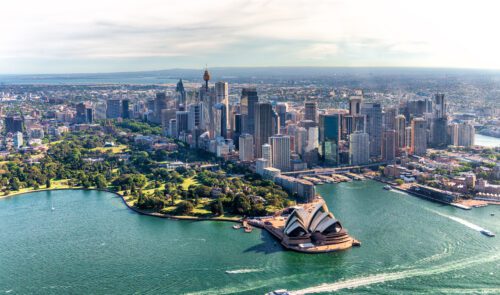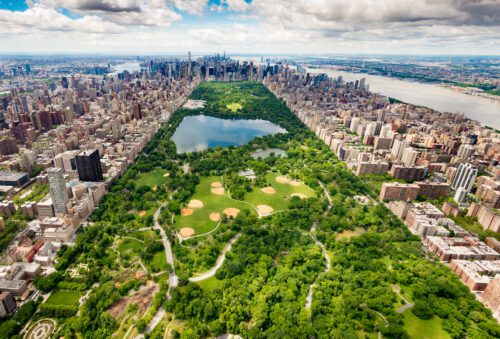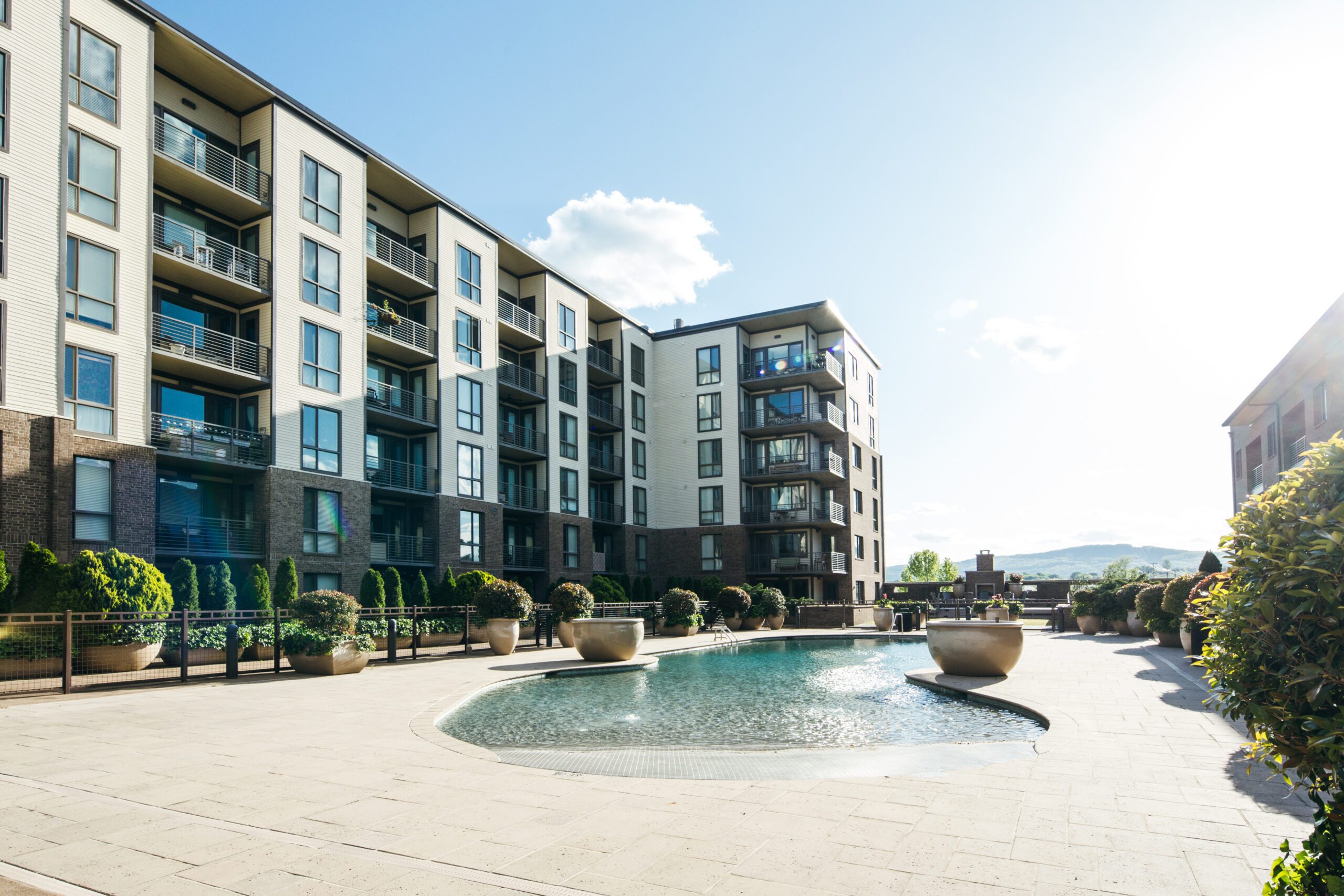Australia’s construction and development industry is one of the economy’s key drivers. For every dollar invested in this sector, $2.90 is generated. While commercial and engineering construction declined over the past two years, residential development continued to grow.
This growth has surprised many and pushed the prices of greenfield development land ever higher. It’s a trend being mirrored in other parts of the world too. The UK, the United States and Canada are just some countries continuing to experience a high demand for residential development.
Multi-residential developments are helping to drive this growth, however, in Australia, it has been slightly more subdued than greenfield residential developments. Settled sales for new apartments and townhouses were up in 2022 by 25% to 2020 figures. In comparison, greenfield developments saw a 33% increase on 2020 sales.

Multi-unit developments across the nation
Most multi-unit sales activity occurred, as expected in Sydney and Melbourne. All capital cities, aside from Adelaide, saw unit prices for this year rise between 8 – 9% on the previous year. Sales volumes were also up in all capitals, bar Sydney.
These figures show an increased demand for housing across the country. Although the demand for housing is supporting growth, it also exposes fractures in supply pipelines. Pandemic shortages, disruptions to supply chains due to the Russia-Ukraine war, and the rising prices of materials all contribute to the fragility of crucial supply lines for the sector.

New residential development in other parts of the world
It’s a similar story in other parts of the world. Demand for new housing and multi-unit developments is high. In the UK, greenfield housing developments have seen the strongest growth in ten years. Yet along with high demand is a climate of uncertainty and higher risk.
Inflation, higher interest rates and stricter Environmental Social and Governance (ESG) regulations are some of the hurdles slowing residential development in the UK. Growing concern over the reliance on cars for transport is also dogging greenfield developments.
In the U.S., multi-residential developments are largely driven by demand for rental apartments. These developments have seen the strongest growth in 2022, multi-family builds soared by 28.6% across the States while new construction on single-family homes started to drop. Supply chain bottlenecks and rising costs of materials are at least partially to blame for this.
China’s residential development is also experiencing growth. However, much of this construction is concentrated on using brownfield sites in a bid to transform industrial lots for urban renewal.

The future of multi-family development in Australia
Australia’s capital cities are some of the least affordable places to live in the world. In response to this, the Australian dream is changing. More Australians are opting for apartment homes, and it’s not just price that is pushing them in that direction.
A recent report on strata showed the lure of apartment life goes beyond homeownership prices to involve value for money, convenience and community cohesion. Strata living is fast becoming the new dream.
The infrastructure that comes with multi-family residences is beyond what most single-family homes dream of having. Combined with more efficient buildings, a higher standard of facilities with less responsibility for their upkeep, greater convenience and access to city amenities, apartment life stacks up favourably against the older ideal of a house on a quarter-acre block.
If the Australian construction and development industry can overcome difficulties with supply pipelines and continue putting livable city infrastructure in place for the intended multi-family developments, the sector should continue to enjoy demand that supports strong growth.
